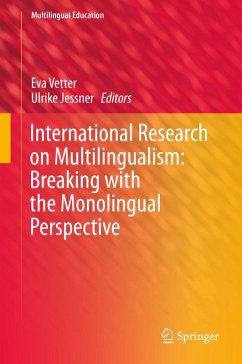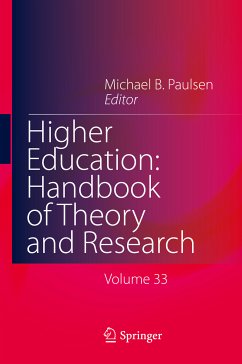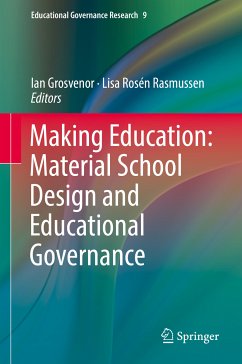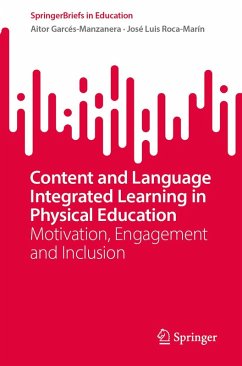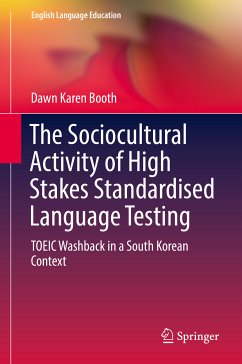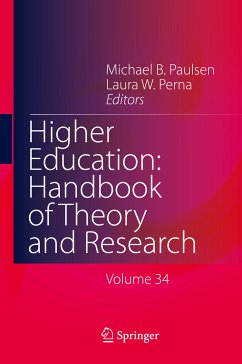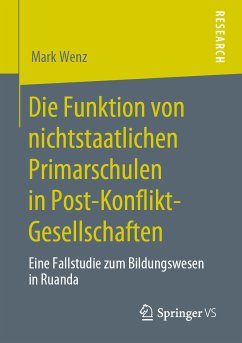
Dual Language Education: Teaching and Leading in Two Languages (eBook, PDF)
Versandkostenfrei!
Sofort per Download lieferbar
112,95 €
inkl. MwSt.
Weitere Ausgaben:

PAYBACK Punkte
56 °P sammeln!
This book provides a comprehensive and interdisciplinary examination of dual language education for Latina/o English language learners (ELLs) in the United States, with a particular focus on the state of Texas and the U.S.-Mexico border. The book is broken into three parts. Part I examines how Latina/o ELLs have been historically underserved in public schools and how this has contributed to numerous educational inequities. Part II examines bilingualism, biliteracy, and dual language education as an effective model for addressing the inequities identified in Part I. Part III examines research o...
This book provides a comprehensive and interdisciplinary examination of dual language education for Latina/o English language learners (ELLs) in the United States, with a particular focus on the state of Texas and the U.S.-Mexico border. The book is broken into three parts. Part I examines how Latina/o ELLs have been historically underserved in public schools and how this has contributed to numerous educational inequities. Part II examines bilingualism, biliteracy, and dual language education as an effective model for addressing the inequities identified in Part I. Part III examines research on dual language education in a large urban school district, a high-performing elementary school that serves a high proportion of ELLs along the Texas-Mexico border, and best practices for principals and teachers.
This volume explores the potential and realities of dual language education from a historical and social justice lens. Most importantly, the book shows how successful programsand schools need to address and align many related aspects in order to best serve emergent bilingual Latino/as: from preparing teachers and administrators, to understanding assessment and the impacts of financial inequities on bilingual learners. Peter Sayer, The Ohio State University, USA
This volume explores the potential and realities of dual language education from a historical and social justice lens. Most importantly, the book shows how successful programsand schools need to address and align many related aspects in order to best serve emergent bilingual Latino/as: from preparing teachers and administrators, to understanding assessment and the impacts of financial inequities on bilingual learners. Peter Sayer, The Ohio State University, USA
Dieser Download kann aus rechtlichen Gründen nur mit Rechnungsadresse in A, B, BG, CY, CZ, D, DK, EW, E, FIN, F, GR, HR, H, IRL, I, LT, L, LR, M, NL, PL, P, R, S, SLO, SK ausgeliefert werden.





